Douglas DC-9
The McDonnell Douglas DC-9 is an American five-abreast, single-aisle aircraft designed by the Douglas Aircraft Company. It was initially produced as the Douglas DC-9 prior to August 1967, after which point the company had merged with McDonnell Aircraft to become McDonnell Douglas. Following the introduction of its first jetliner, the high-capacity DC-8, in 1959, Douglas was interested in producing an aircraft suited to smaller routes. As early as 1958, design studies were conducted; approval for the DC-9, a smaller all-new jetliner, came on April 8, 1963. The DC-9-10 first flew on February 25, 1965, and gained its type certificate on November 23, to enter service with Delta Air Lines on December 8. The DC-9 is powered by two rear-mounted Pratt & Whitney JT8D low-bypass turbofan engines under a T-tail for a cleaner wing aerodynamic. It has a two-person flight deck and built-in airstairs to better suit smaller airports. The aircraft was capable of taking off from 5,000 ft runways, connecting small cities and towns in the jet stream of air travel where jet service was previously impossible. The Series 10 aircraft are 104 ft (32 m) long for typically 90 coach seats. The Series 30, stretched by 15 ft (4.5 m) to seat 115 in economy, has a larger wing and more powerful engines for a higher maximum takeoff weight (MTOW); it first flew in August 1966 and entered service in February 1967. The Series 20 has the Series 10 fuselage, more powerful engines, and the Series 30's improved wings; it first flew in September 1968 and entered service in January 1969. The Series 40 was further lengthened by 6 ft (2 m) for 125 passengers, and the final DC-9-50 series first flew in 1974, stretched again by 8 ft (2.5 m) for 135 passengers. When deliveries ended in October 1982, 976 had been built. Smaller variants competed with the BAC One-Eleven, Fokker F28, and Sud Aviation Caravelle, and larger ones with the original Boeing 737.
The original DC-9 was followed by the second generation in 1980, the MD-80 series, a lengthened DC-9-50 with a larger wing and a higher MTOW. This was further developed into the third generation, the MD-90, in the early 1990s, as the body was stretched again, fitted with V2500 high-bypass turbofans, and an updated flight deck. The shorter and final version, the MD-95, was renamed the Boeing 717 after McDonnell Douglas's merger with Boeing in 1997; it is powered by Rolls-Royce BR715 engines. The DC-9 family was produced between 1965 and 2006 with a total delivery of 2441 units: 976 DC-9s, 1191 MD-80s, 116 MD-90s, and 155 Boeing 717s. As of August 2022, 250 aircraft remain in service: 31 DC-9s (freighter), 116 MD-80s (mainly freighter), and 103 Boeing 717s (passenger), while the MD-90 was retired without freighter conversion.
Sosoliso Airlines Flight 1145 - Fogging Tragedy
Sosoliso Airlines Flight 1145 (SO1145/OSL1145) was a scheduled Nigerian domestic passenger flight from Nigeria's capital of Abuja (ABV) to Port Harcourt (PHC). At about 14:08 local time (13:08 UTC) on 10 December 2005, Flight 1145 from Abuja crash-landed at Port Harcourt International Airport. The aircraft, a McDonnell Douglas DC-9-32 with 110 people on board, slammed into the ground and burst into flames. Immediately after the crash, seven survivors were recovered and taken to hospitals, but only two people survived.

The aircraft involved in the accident in 1997, while still in operation with JAT Airways
It was the second air disaster to occur in Nigeria in less than three months, after Bellview Airlines Flight 210, which crashed on 22 October 2005 for reasons unknown, killing all 117 people on board. It was the company's first and only fatal accident.
Investigation into the crash by Nigeria's Accident Investigation Bureau concluded that the crash was attributed to the pilot's decision to keep descending on the airport even though the aircraft had passed the minimum decision altitude. The pilots decided to go-around while they were in wind shear condition. This decision was also too late as they still had not configured the aircraft for a go-around and their altitude was already too low.
Specifications
Spotlights
- HudDistance 7 months ago
General Characteristics
- Predecessor DC-9
- Created On Android
- Wingspan 91.0ft (27.7m)
- Length 123.5ft (37.6m)
- Height 35.4ft (10.8m)
- Empty Weight N/A
- Loaded Weight 46,324lbs (21,012kg)
Performance
- Power/Weight Ratio 3.536
- Wing Loading 29.3lbs/ft2 (143.1kg/m2)
- Wing Area 1,581.0ft2 (146.9m2)
- Drag Points 6662
Parts
- Number of Parts 589
- Control Surfaces 5
- Performance Cost 2,724

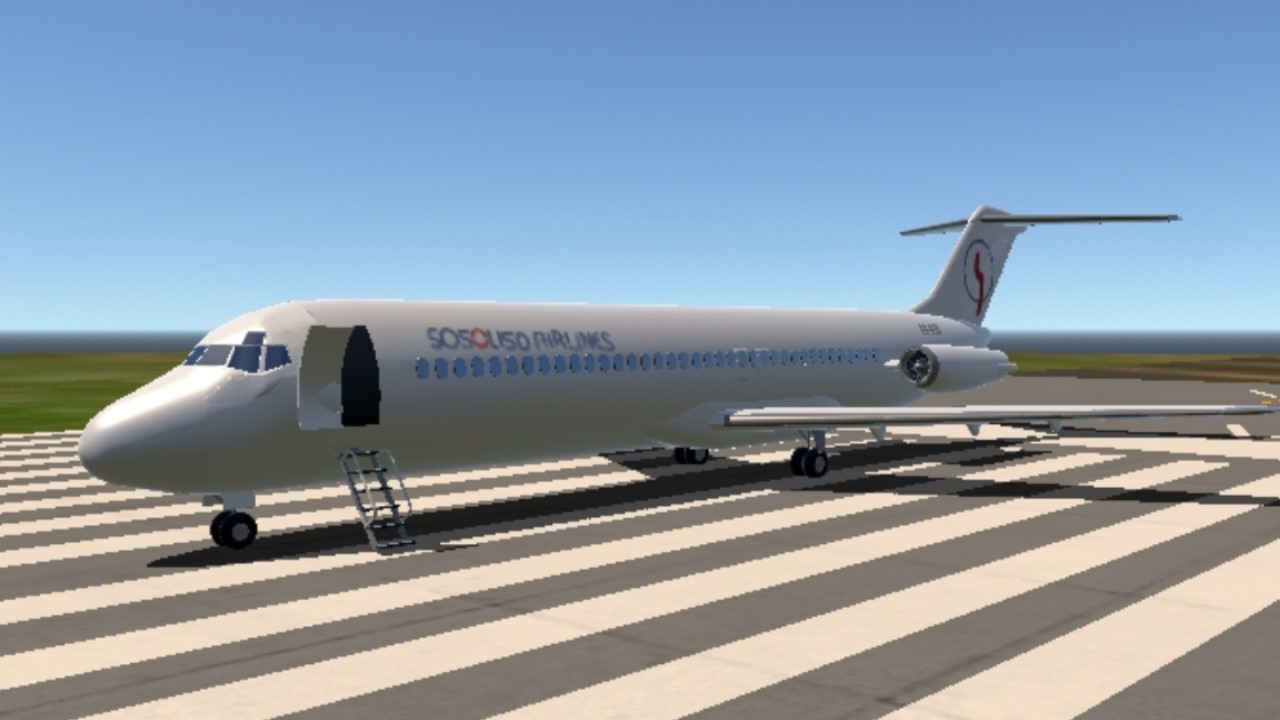
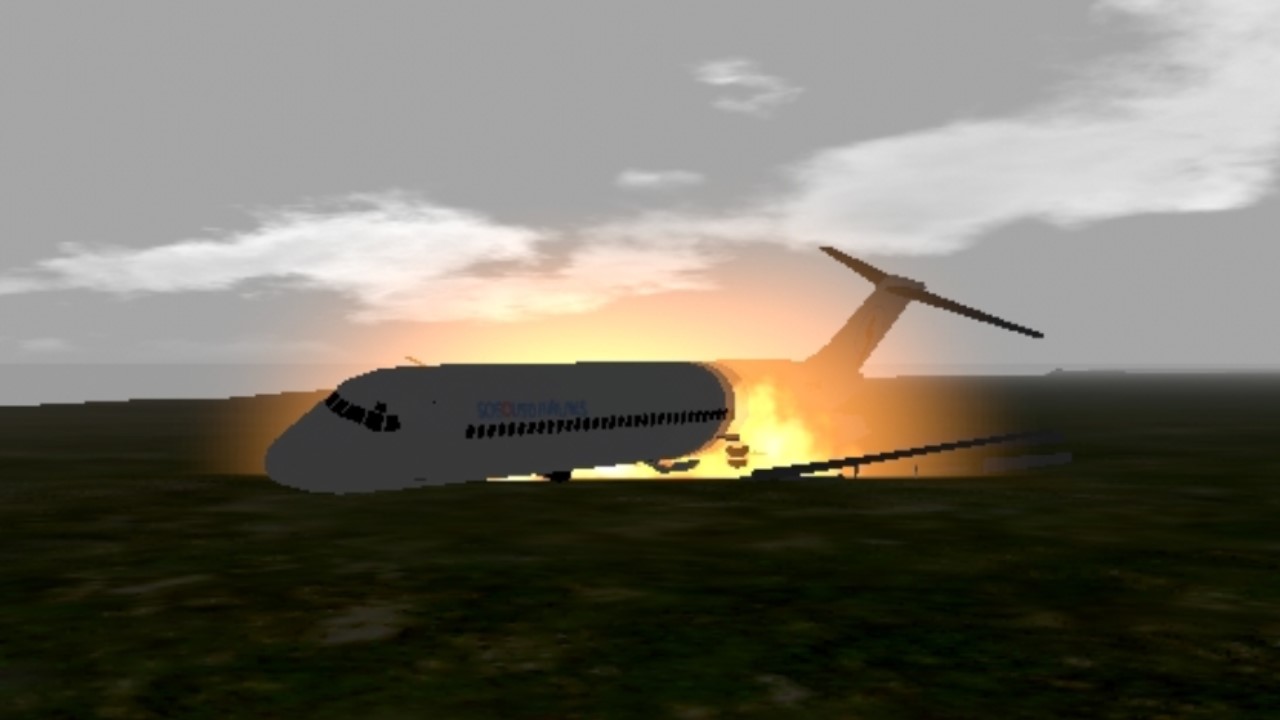
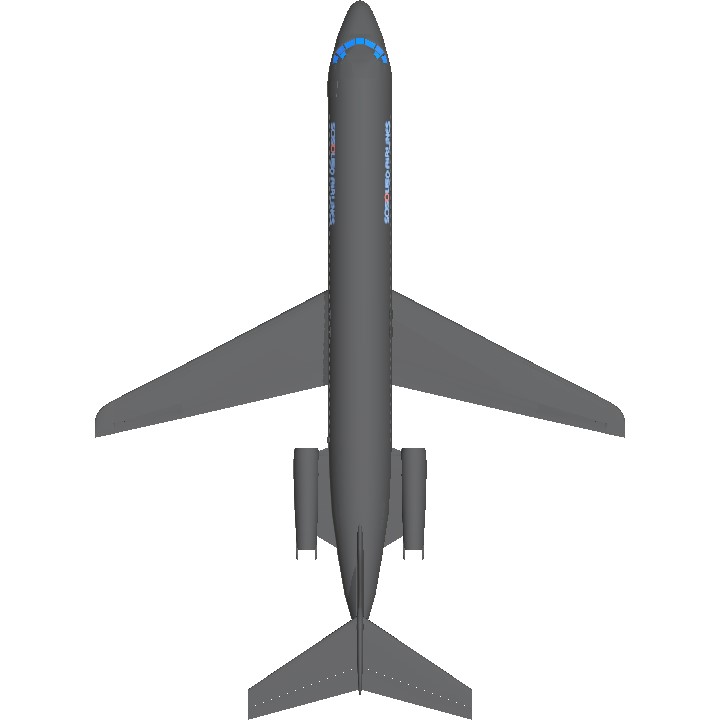
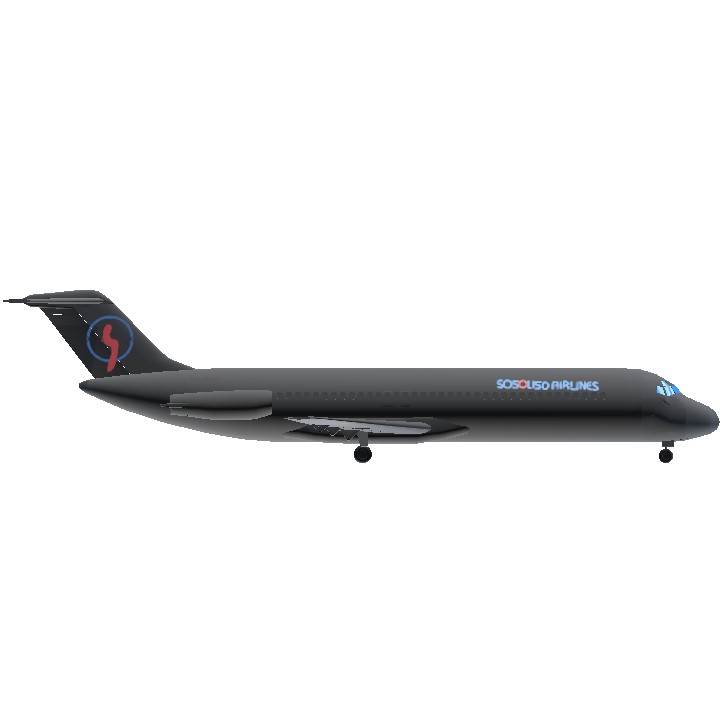
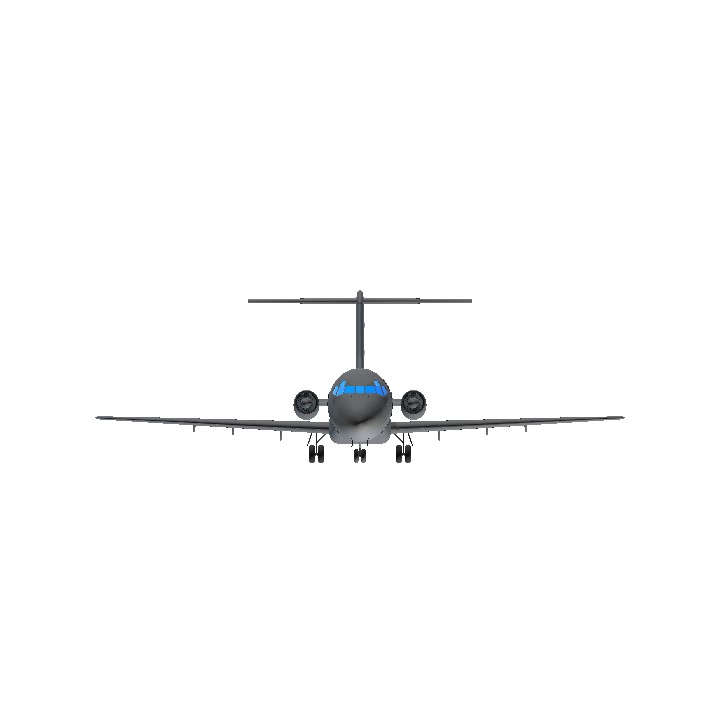
wow! very detailed!
the door mechanism is quite realistic, i like it :D